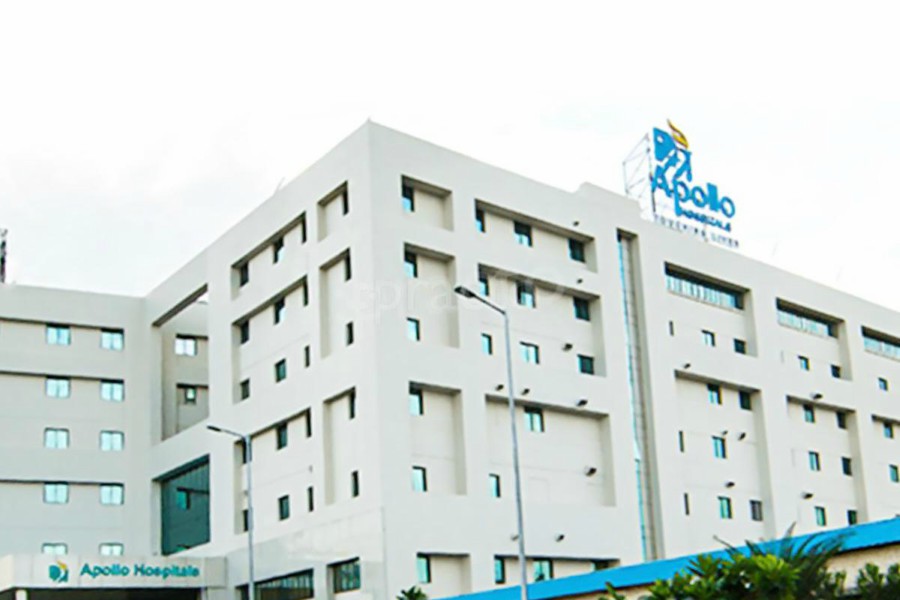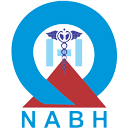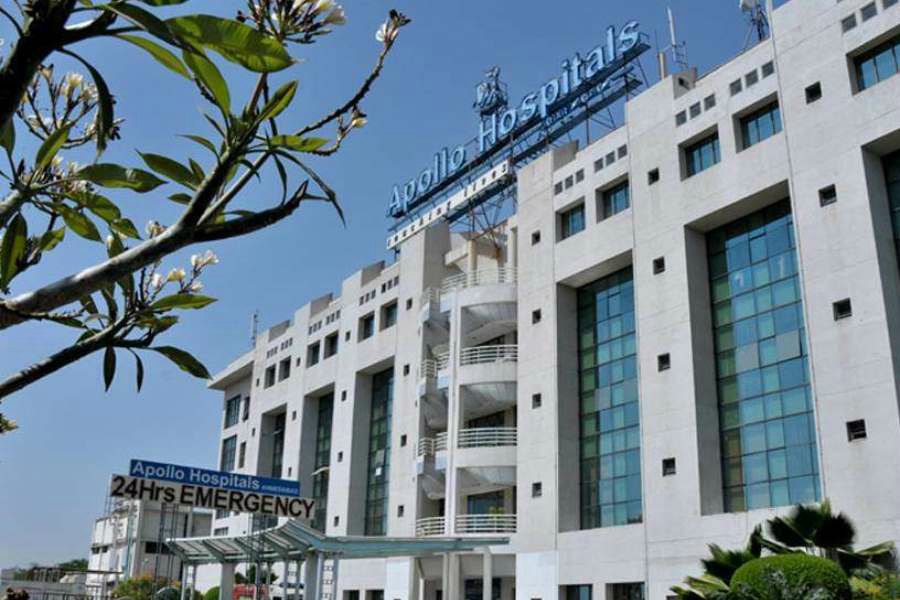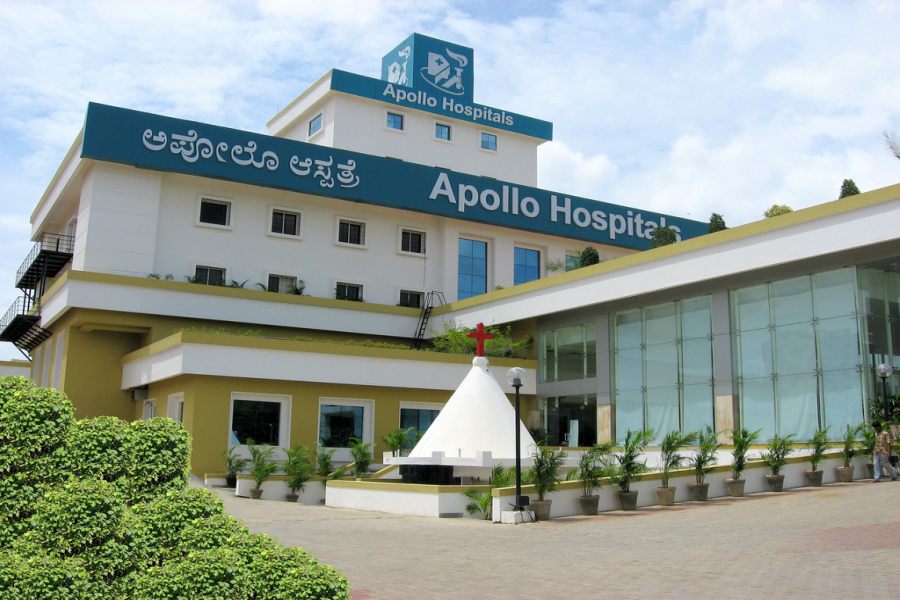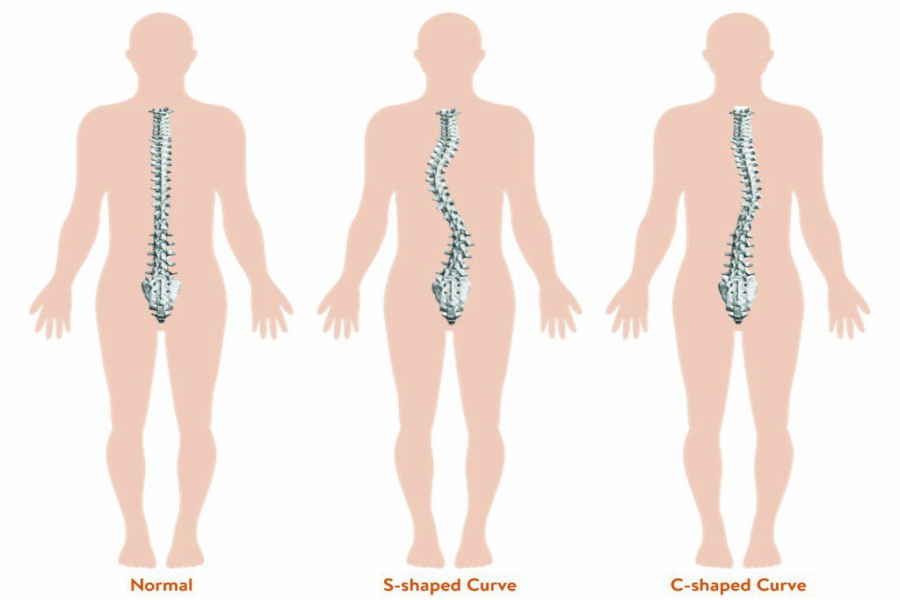
Overview
Our spine is our backbone. It runs straight down our back. Every person’s spine naturally curves a bit. But, people who suffer from scoliosis have an abnormal curving of the spine. They have C or S-shaped curve in their spine. This disorder causes the spine to curve one side. It can have an effect on any part of the spine, but most common regions that get affected by scoliosis are at the level of the chest and lower back.
Causes
Scoliosis can appear at any age. But, you can observe symptoms of it from the age of 10 to 12 years, in teenagers, or sometimes in infants. The reasons for the change in shape are usually not known or identifiable easily during the early stage. But, some common causes through which you can pinpoint it includes neurological abnormalities, birth defects, injuries or infections of the spine, or genetic disorders.
SYMPTOMS
Scoliosis symptoms are differing depends on the degree of it. Some common symptoms associated with it are:
• Back pain
• Facing issues while breathing because of the reduced area in the chest for lungs to enlarge.
• The shoulder blade of one side of the body sticks out more than the other.
• Uneven hips, shoulders, and waist
• A rotating or twisted spine
• One shoulder blade that becomes visible more than the other
• Reduced range of motion and changes with walking.
DIAGNOSIS
The first and most obvious step your doctor takes to check it out if you have scoliosis or not is the physical examination of your spine. In that, your doctor checks for your spine curvature. A doctor also ensures that you have symmetrical shoulders and waist area or not.
Your doctor may also perform some imaging tests such as X-ray, MRI scan, CT scan, and bone scan to get a closer look at your spine.
RISK FACTORS
Because of advancement in technology scoliosis surgeries, today tend to be safe and sound and achieve better outcomes than ever before. Still, results may vary.
Risks associated with scoliosis surgery are:
- Infection
- Nerve damage
- Blood loss
- Bowel and Bladder problems
- Loss of proper spinal balance
- Pseudoarthosis - failure of the spine to fuse
- Cerebrospinal fluid leak
- Instrumentation failure
- Vertebral deterioration in the levels adjacent to the fused section.
- Neurologic complications such as numbness, weakness, paralysis, abnormal sensation.
- Lung complications
- Urinary tract infection
- Gastrointestinal complications
- Blood cot
POST-OPERATIVE CARE
• Once the operation gets complete a patient will be brought to a recovery room or ICU and woken up. A patient will be safely monitored and given some pain killer medicine to ease the pain.
• Once a patient will be ready, he/she will be brought to a hospital room or ward. The nurses will do regular check up to ensure a patient is as comfortable as possible.
• The physiotherapist will teach a patient some breathing exercises, and foot and toe exercises.
• After 2-3 days the drips may be removed and the physiotherapist will help a patient to gradually start to stand up.
• A person may require wearing a brace to protect the spine for 3 to6 months after the surgery.
• Generally, a patient can go to his/her home after 7 to 10 days after the surgery.
• Most of the patients will be back to their normal activities around 3 to 6 months after the surgery. But, the timescale is different for each person.
TREATMENT
There are mainly 3 treatments for scoliosis 1) observation 2) bracing and 3) surgery. Your doctor will recommend one of these treatment options based on the severity of scoliosis, sex, curve pattern, location of the curve, and maturity.
If you have mild scoliosis then probably you don’t need treatment with a brace or surgery. You just need regular checkups every 4 to 6 months to ensure if any changes in the curvature of the spine or not.
If a child is facing moderate scoliosis and his/her bones are still growing then a doctor may suggest wearing a brace. This brace will not cure or reverse the curve but it usually put a stop to further progression of the curve.
If you have severe scoliosis then it will progress with the time. So your doctor might suggest you undergo scoliosis surgery. It reduces the severity of the spinal curve and prevents it from getting worse.
Before Surgery
Before surgery nurses will carry out some tests such as blood pressure and temperature check. Most of the hospitals allow you to attend pre-admission a few weeks ahead of surgery and you will be given a chance to meet a surgeon and anesthetist. They will explain to you through what is going to.
There will be some documents that you have to sign to ensure that you understand what is being said. You can even ask any questions if you have, regarding surgery and recovery and you can also talk through your worries to your doctor. A doctor can help you in finding extra support such as counseling to mentally prepare you for surgery.
During Surgery
In the operating room,the nurse helps patients in settling down. The anesthetist will give sleep medicine. This medicine will wear off after the surgery will be complete. For that, the anesthetist will give medicine to reverse the effect of the anesthesia once the surgery gets complete.
Some tiny tubes called lines will be required to safely monitor a patient during the surgery. One or more lines will be inserted into their veins and bladder. There will be also some surgical instruments will be available in an operating room to monitor body temperature, oxygen level, heart rate, and spinal cord function. A surgeon will place a drain in a patient’s back before closing the surgical wound.
Let’s have a look at the animation series what happens during scoliosis surgery.
• A patient will have a prone position – lying facing down with traction.
• Incision and dissection of layers will be done.
• After that, the insertion of hooks, screws, rods, and crosslinks will be performed.
• Decorticate
• Bone grafting will be done as per the patient’s age, a specific spine condition, and overall health condition.
• Bone graft harvesting from iliac crest will be done.
• In the end, a surgeon will close the surgical wound.
This operation usually takes several hours. Generally, people who have had scoliosis surgery usually back to their routine work within 2 to 4 weeks. The best part is that they can even do the things they love to do within a few months.
With the advancement in technology, sometimes patients released from the hospital within 1 week of surgery and sometimes they don’t even require post-operative bracing. Some people will able to resume all pre-operative activities within 4 to 6 months. It’s different from person to person.
FACTORS AFFECTING COST
The all-inclusive cost includes charges of
• Neurosurgeons, Orthopedic surgeons, and medical teams
• Surgery charges
• Pre and post-operative tests
• Medicine charges
• Hospital accommodation charges
FAQ
Untreated scoliosis can cause kyphosis. If scoliosis becomes severe it can have an effect on posture, walking, heart, lungs, gut, and strength, as well as it causes pain. People with major scoliosis disorder should be closely monitored by their spine surgeon.
Without any doubt, the answer is big YES. A patient’s surgery will never have an effect on her ability to conceive. You can even have a normal delivery after surgery.
Mild scoliosis has a modest effect on height. Severe scoliosis causes a marked curve in the back and often kyphosis makes the patient shorter.
Yes. Scoliosis can develop later in life from injury, cancer, arthritis, or back surgery.
It depends on the stiffness of the curve and on a patient’s flexibility. But, generally one can expect 70-80% correction.
There is no specific study has confirmed if scoliosis is hereditary or not. But, initial research has looked into possibilities of this aspect.


 Best Hospitals
Best Hospitals
